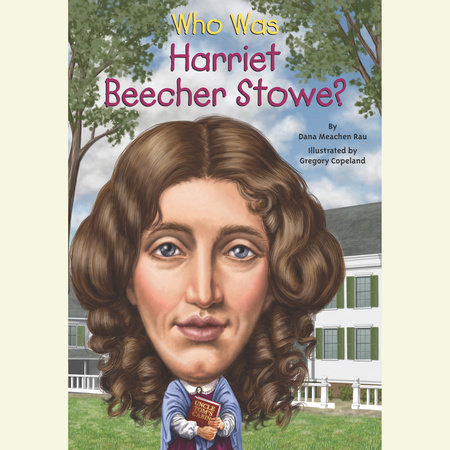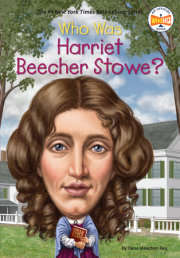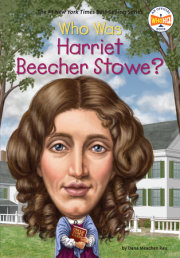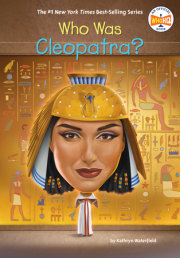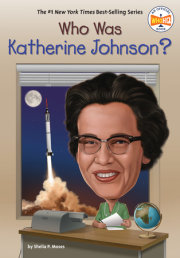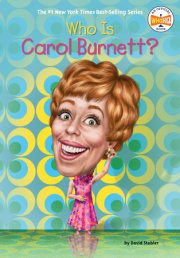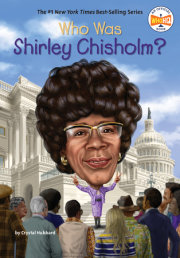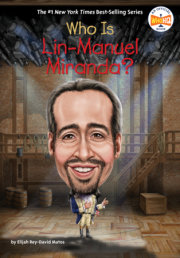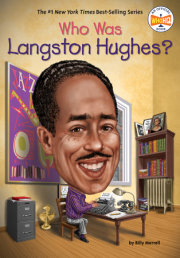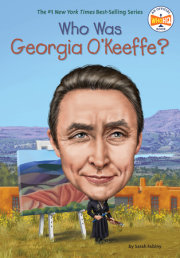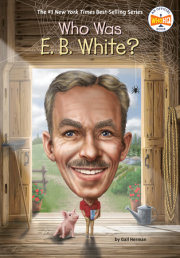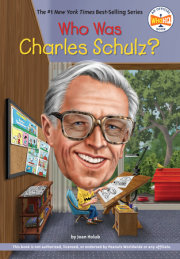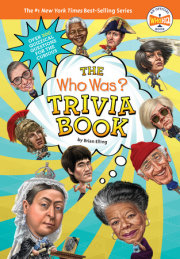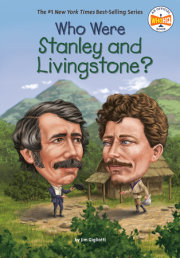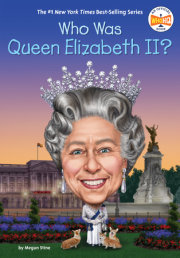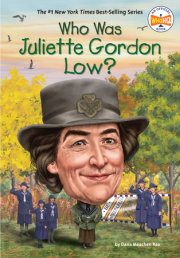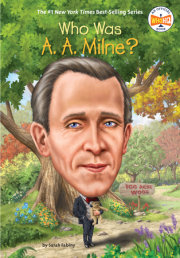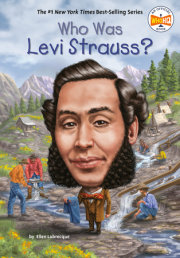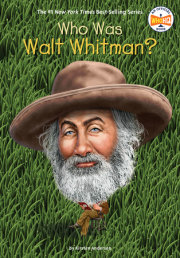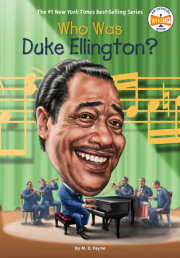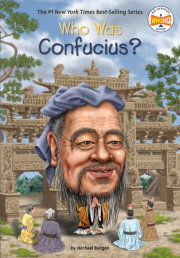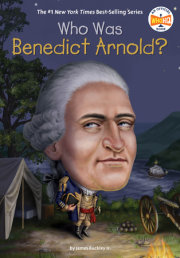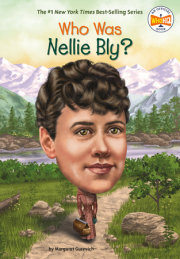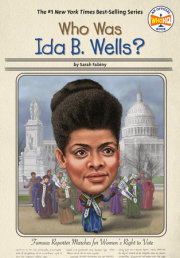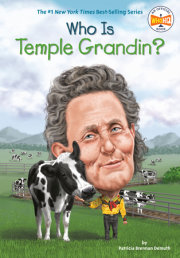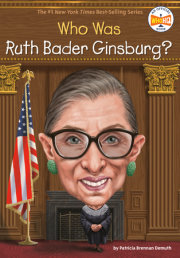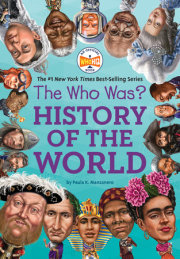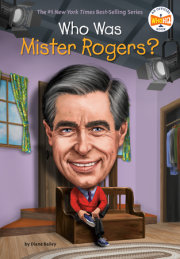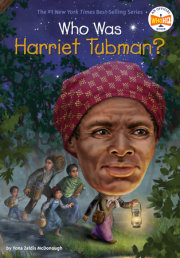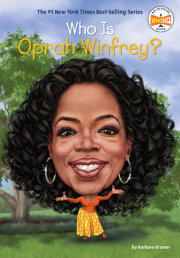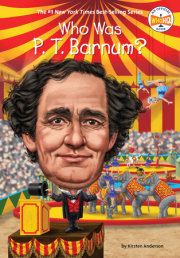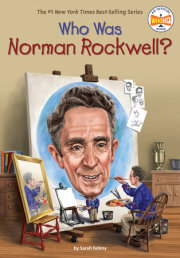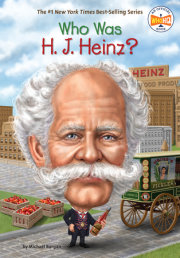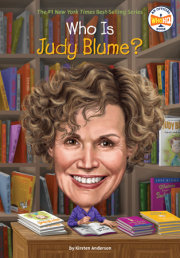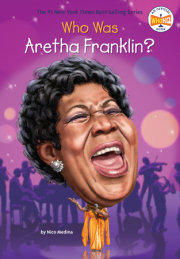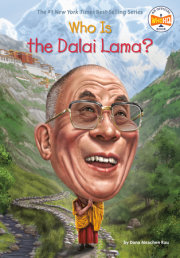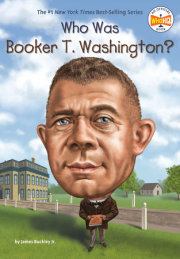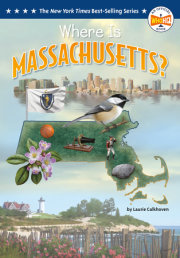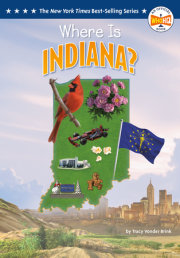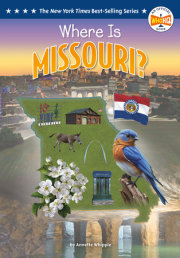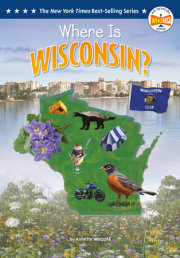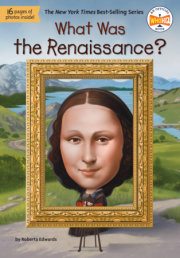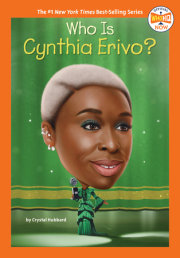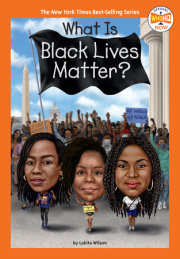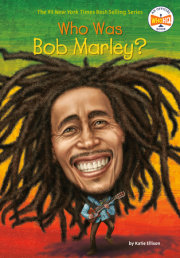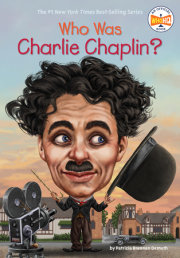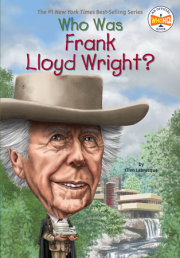Who Was Harriet Beecher Stowe?
During the 1800s, the economy of the southern United States boomed with the production of cotton. Many white plantation owners became rich growing it. They relied on black slaves to work their fields and harvest the cotton. These slaves were not treated as people. They were property to buy and sell, just like livestock or farm equipment.
In 1850, the US Congress passed the Fugitive Slave Act. It stated that anyone caught giving food, shelter, or help of any kind to an escaped slave would have to pay a $1,000 fine and spend six months in jail. The people of the United States had long been divided over the issue of slavery. This new law meant that even those who were against slavery could offer no help. If they assisted runaway slaves in any way, they would be breaking the law. Slaves who managed to escape to the North could not be protected.
When this law passed, Harriet Beecher Stowe was a writer and mother, living in Brunswick, Maine. She and her family had long been against slavery. But she was especially horrified by stories she heard of slave owners forcibly taking back slaves who had escaped to freedom. No black man, woman, or child was safe.
Harriet’s sister-in-law wrote to her saying, “Hattie, if I could use a pen as you can, I would write something to make this whole nation feel what an accursed thing slavery is!” After reading the letter, Harriet got up from her chair, crushed the paper in her hands, and declared, “I will write something. I will if I live.”
Harriet Beecher Stowe went on to write one of the most famous books in US history, Uncle Tom’s Cabin. She worried that no one would listen to what she had to say.
But they did.
Uncle Tom’s Cabin was not only an instant success. It changed the course of history. Harriet’s book revealed the horrors of slavery. It fueled the tensions that led to the Civil War.
Her words helped inspire people to change. Her story helped bring an end to slavery in the United States.
Chapter 1: A Busy Household
Harriet Beecher was born on June 14, 1811, in the small New England town of Litchfield, Connecticut. Her father, Reverend Lyman Beecher, had hoped for a boy whom he wanted to name Henry. But his wife, Roxana, gave birth to a girl instead. They chose to name her Harriet, and called her Hattie for short.
The house was already quite full of children when Hattie became the sixth child in the Beecher household. After Hattie, Roxana had two more boys. Hattie was always surrounded by family. Her grandmother and aunt lived right down a garden path from her own house. Because Hattie’s father was a Congregational minister in town, the Beecher house on the upper end of North Street was often filled with visitors.
The family suffered a great loss when Hattie was only five. Her mother died of tuberculosis in September 1816. Later in life, Harriet wrote: “I remember the mourning dresses, the tears of the older children, the walking to the burial ground, and somebody’s speaking at the grave . . . we little ones, to whom it was so confused, asked the question where she was gone and would she ever come back?”
Lyman thought it might be good for Hattie to escape the sadness of the household. Hattie went to live with her other grandmother, aunt, and uncle in Nut Plains, Connecticut. The night Hattie arrived, the outside of their home struck her as a “lonely little white farmhouse.” But her worries calmed when she entered the parlor, where a cozy fire crackled in welcome.
Here, Aunt Harriet turned all of her attention onto little Hattie. She taught Hattie how to knit and sew. She taught her manners and prayers. Hattie spent her time memorizing hymns, poems, and quotes from the Bible. She was intrigued by the treasures around the house brought back by her uncle, Samuel Foote, a sea captain. The house was filled with exotic items, such as fabrics from India, bells from China, and incense from Spain. Hattie stayed in Nut Plains for almost a year before she returned to her family in Litchfield.
Back at home, the household didn’t go without a mother for long. Lyman was preaching in Boston when he met another Harriet—Miss Harriet Porter. They married in the fall of 1817. Hattie remembered the night her new mother arrived in Litchfield. Hattie was sharing a bedroom with her younger brothers when she met her for the first time. She later wrote, “A beautiful lady, very fair, with bright blue eyes, and soft auburn hair . . . came into the room smiling, eager, and happy-looking . . . and told us that she loved little children, and that she would be our mother.” Lyman and Harriet Porter had two more children together while in Litchfield.
Hattie grew up in a very religious home. Her father was a powerful, energetic, and famous preacher. He believed that people were born sinful and needed to pray to God to save them so they could enter heaven when they died. Lyman was determined to save souls—both in his congregation and elsewhere. Throughout New England, he was called to help lead revival events. He was strict with his children and required them to obey him. He did not believe in the rituals of other branches of Christianity, such as celebrating Easter and Christmas.
Even though Lyman was busy as a spiritual leader in their community, he still made time to play with his children. The Beecher family was happy and supportive of one another.
Hattie later wrote that she was raised in “a great household inspired by a spirit of cheerfulness and hilarity.” The family chopped wood together and shook chestnuts from trees. They gathered in the kitchen to peel apples for apple butter in the fall. While they worked, their father asked questions and led debates. He entertained them with pranks and by playing the fiddle. At a time when girls were not given as many opportunities as boys, the Beecher family, full of both boys and girls, treated one another equally.
When Hattie had a moment alone, she could be found with a book. Her father’s study was one of her favorite rooms. “High above all the noise of the house,” she wrote, “this room had to me the air of a refuge and a sanctuary. Its walls were set round from floor to ceiling with the friendly, quiet faces of books.” She would sit in the corner of this room reading while her father wrote at his desk. Searching for more to read one day, she riffled through a barrel where her father kept his sermons. Underneath the old papers, she found a copy of Arabian Nights, a collection of folktales from Asia and the Middle East. She treasured it and read it over and over again.
Lyman preferred that Hattie only read religious books. He called novels “trash” and considered them evil. But Uncle Samuel had traveled the world and seen many cultures. He liked reading stories himself and convinced Lyman to change his mind. Hattie’s father finally gave in. Poetry and novels became a part of the Beecher household, and Hattie read whatever she could get her hands on.
Copyright © 2015 by Dana Meachen Rau. All rights reserved. No part of this excerpt may be reproduced or reprinted without permission in writing from the publisher.

